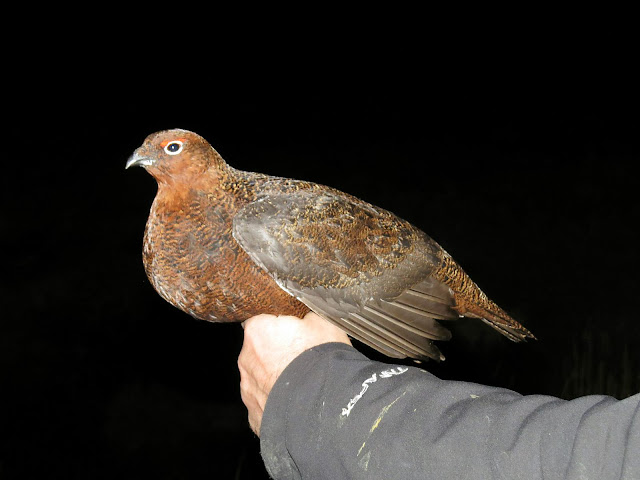After a long wait I now have a map made up from the data from one of the woodcock geo-locators that I recovered on my ringing site last winter.
 |
| EX42351 | | |
The red track shows the spring migration and the yellow the autumn migration.
What is fascinating is the fact that this bird spent the summer in two locations in Russia. It is quite possible that the location where it stayed between early May and late June was it's breeding location and then it re-located further south for a post-nuptual moult from July to early October.
We always consider that woodcock return to their wintering grounds in October or November however EX42351 took it's time to come back to Wales only arriving back in Llanilar on January 20th. This fits an emerging picture that most of the woodcock I see early in the winter are juveniles and that more adults appear in December and January. Counts conducted by the bird observatories on our east coast often show a significant arrival of woodcock if the weather gets cold on the continent.
It would make sense for an adult woodcock not to migrate further west than it needs to. Apart from avoiding the risky business of flying such a long way, there must be significant advantages of being back on the breeding grounds in Russia in a fitter state than birds that have had to travel further to get back
Could it be that many adults use their experience to decide when to migrate further west, whereas juveniles only have their innate instinct and so head west when the autumn triggers for migration such as temperature and daylight length occur?










